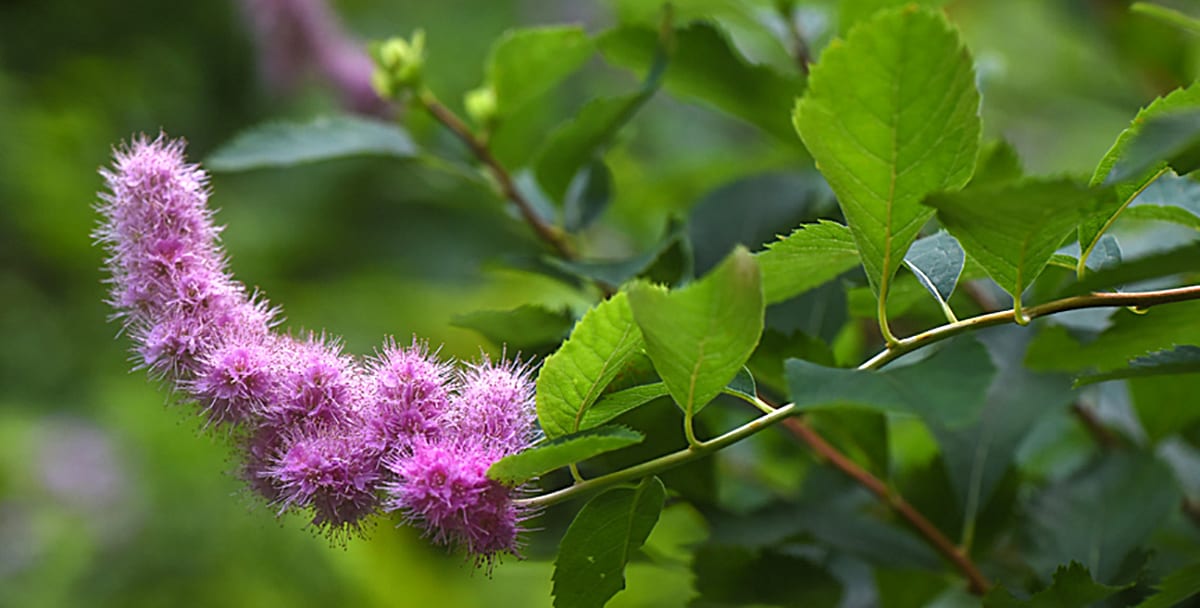
An eight-point buck has finally found the huge, gorgeous yellow flowers of ‘Big Duck Yellow’ marigolds I grew from seed — and is destroying them. Caught in the act, the deer looks up nonchalantly and saunters back into the woods, as I hurl a litany of vulgarities that would make a sailor blush.
It’s one of about six bucks, countless does and fawns that invade the garden, looking for nourishment.
Behind the marigolds are two spirea shrubs that have never been touched by the four-legged marauders. That’s one of the ways to deal with the deer — grow things they don’t prefer.
There is simply nothing in the plant world you can say is deer-proof. As soon as those words are uttered, a gardener will tell a story of a deer eating the plant to the ground.
The first line of defense against the pest is a physical barrier. To keep them safe all winter, there are many shrubs in my landscape that I surround with deer netting stapled to four tomato stakes. Some of the hydrangeas have been moved into the corners of my fenced-in vegetable garden. (Although the other day my wife was walking the dogs and the buck had found a way in. It got spooked and, looking for a way out, crashed through the front gate. Gardening is therapeutic, right?)
When something can’t be protected by a physical barrier, a good deer repellant can be sprayed on the plant — but it must be reapplied religiously. There are lots of different brands and they all work, but I’ve settled on Bobbex. It smells, sticks to the plants and only has to be reapplied after a few good rain showers. My problem is forgetting to respray and walking out in the garden one morning to find buds, leaves or shoots chewed off (accompanied by more vulgarities).
Then, it’s back to growing plants the deer don’t prefer.
This is the right time to plant shrubs. Shorter days and cooler temperatures are conducive to root growth instead of top growth. Shrubs planted now will get established from now until spring and will be able to hit the ground running when the weather breaks next season.
All I can tell you about the shrubs listed here is that the deer have not bothered them in my garden. That doesn’t mean they never will, or the same is true for them in your garden. But these are a pretty good bet to be left alone.
Doug's deer-resistant shrub recommendations
Kerria
Kerria is an underused shrub in the landscape and one of my favorites. There are several good cultivars out there. Kerria japonica ‘Pleniflora’ might be the most popular and easiest to find. The shrub is an early bloomer, putting on beautiful orange/yellow double flowers in April and then sometimes again in mid-summer. This shade-lover has a weeping habit, and when branches touch the ground, they will often root and can be removed and transplanted to another part of the garden.
Spirea
Spirea has come a long way from the old-fashioned plant with white flowers often referred to as bridal wreath. I’ve got two of them in my garden and I enjoy the indestructible beauties. Modern cultivars though offer a variety of sizes, colors and even the potential for reblooming. ‘Double Play Big Bang’ from Proven Winners ColorChoice Shrubs is a good example with colorful chartreuse foliage and pink flowers. In general, spirea like part sun (about six hours) but will grow in a variety of conditions. Spirea billardii, a gift from a gardening friend, has become my favorite, with its intense deep pink flowers in early summer.
Inkberry holly, winterberry and American holly
Inkberry holly, winterberry and American holly all are resistant to deer. The cultivars are endless. They are tough, and the berries can be stunning against a background of snow. ‘Gold Coast’ grows in my garden next to the spirea and has never been touched by the deer. It has golden and green variegated foliage.
Viburnum
There are more viburnums than could ever be listed here. Viburnum carlesii, or Korean spicebush, has globular light pink flowers with amazing fragrance that bloom in early spring. Some gardeners favor Viburnum juddii for its growth habit and sweet aroma.
Heptacodium
Heptacodium is another underused landscape shrub. It will grow just about anywhere. It has tan, exfoliating bark and blooms in late summer with pure white, fragrant flowers that fade to deep pink.
Carolina sweetshrub
Carolina sweetshrub is a native which produces maroon, fragrant blooms in late spring. Pollinators love them. It will grow in full sun to almost full shade. ‘Hartlage Wine’ is a spectacular cultivar I discovered while visiting the Pittsburgh Zoo and PPG Aquarium.
Bottlebrush buckeye
I first laid eyes on a spectacular specimen of bottlebrush buckeye at Dawes Arboretum near Columbus (Newark) — a place you should visit. The plant was covered in long, white, wispy flowers that made me swoon. I’ve got a couple growing in my garden, and although they enjoy full sun, the shrub will bloom in part shade. They get big though — sometimes reaching 12-feet tall and 15-feet wide.
Mountain laurel is one example of the fickle nature of deer. Even though mountain laurel poisonous to them, young deer that don’t know any better will still feed on the buds. I grow a small variety named ‘Nipmuk,’ which has luminescent red buds, but the plant needs to be seasonally surrounded with fencing during the winter until it blooms in early summer.
There are many more types of shrubs that are resistant and available locally at good nurseries. That’s always the first place to look because you can have confidence they have been taken care of all season. Don’t forget your local nursery would be happy to order what you would like to grow. And check out Proven Winners. All their plants are pretty easy to find close to home.
If you can’t find what you’re looking for at a garden center close to you, I’ve used Shrubucket to find some unusual cultivars. I’m not big on mail-order plants, but they have an interesting shipping model that works. The plants are delivered as if they came right from the nursery.
Just because you might live in deer central (like me), doesn’t mean you can’t enjoy some great looking shrubs — it just takes a little bit of work and planning.
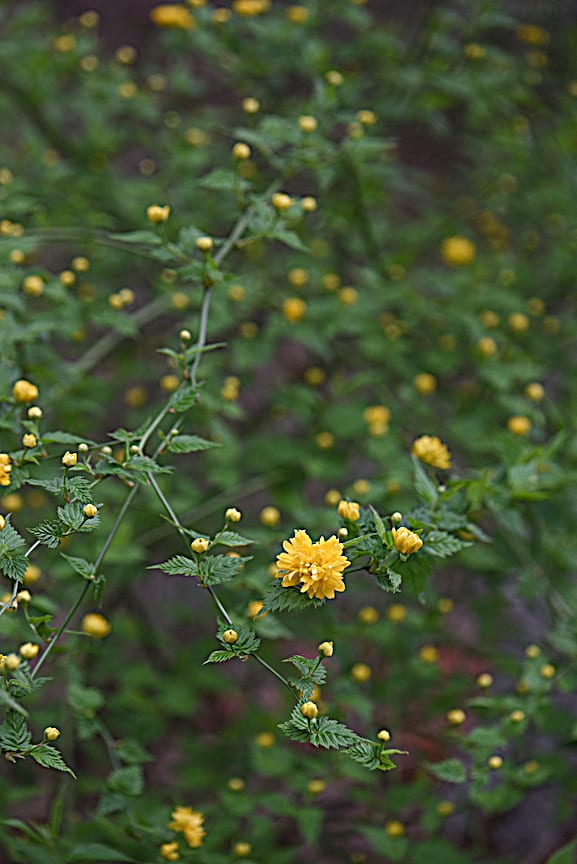
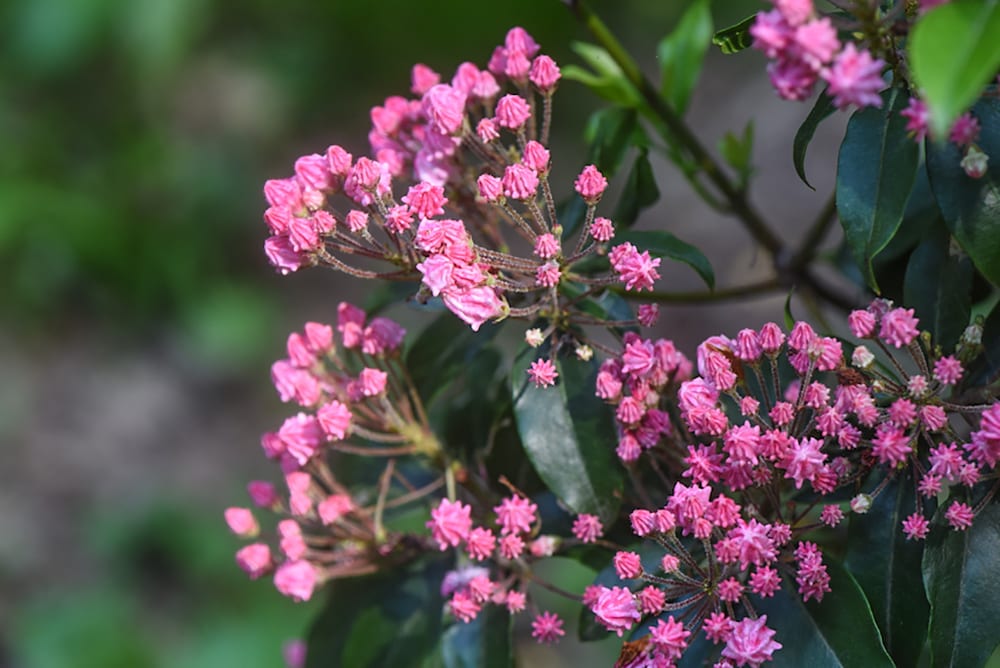
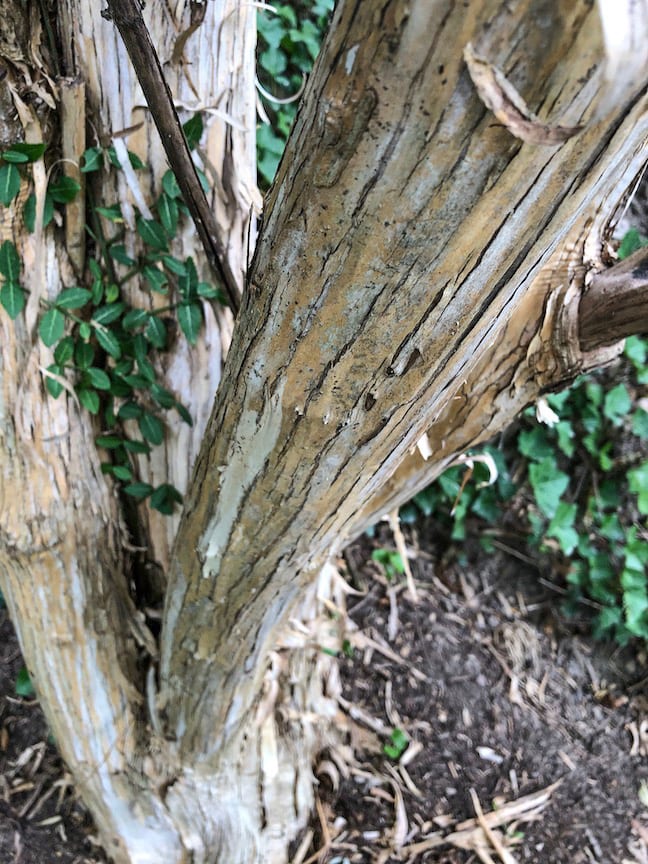
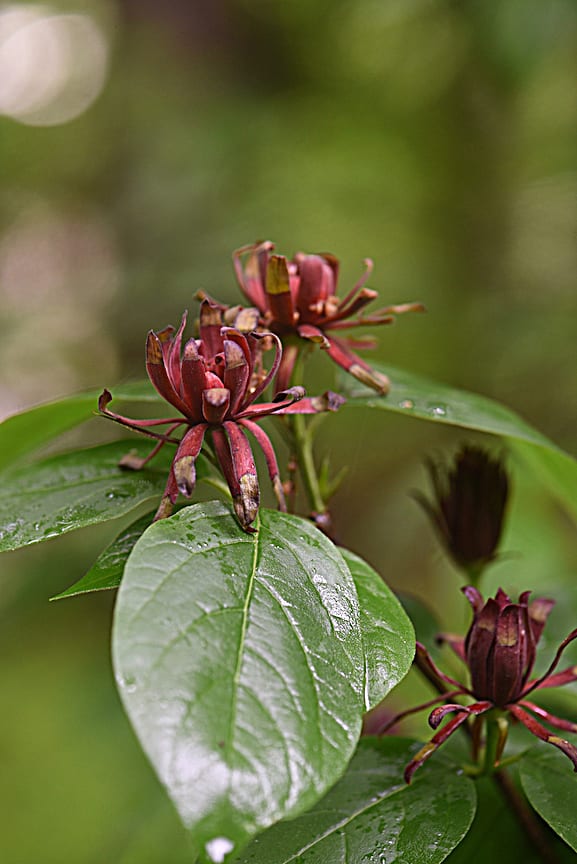
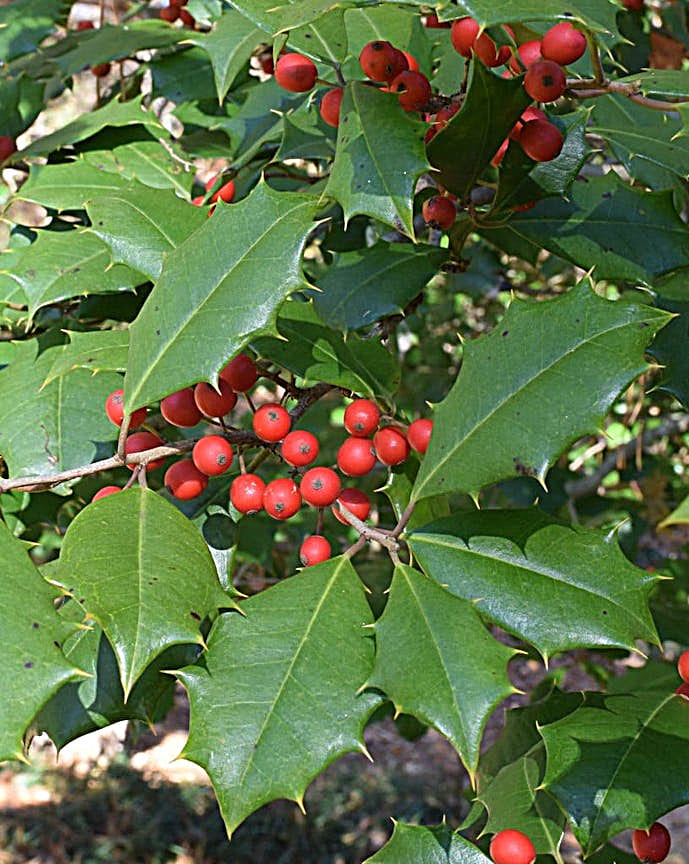

Doug
I’ve been looking for American Holly for years. Can’t find it at any local garden center or nursery. All suggestions are welcome
Laurie
[…] My favorite deer resistant shrubs. […]
Caught the deer eating the fresh new leaves on my “deer resistant” Winter Berry shrubs this morning!!! And they totaled my Green Giants, and all the Vibernum this winter…Leather Leaf and Prague!! Set Alexa to remind me to spray Bobbex every 10 days through the summer and will use a service over the winter now. Hopefully that stops them! Nothing is deer proof!!
Our deer regularly dine on the Dawn viburnum here in Anacortes, Washington. I’ve even seen them munch on a neighbor’s monkey puzzle tree. They don’t browse my penstemons, however, or dahlias.
Yes sir, regarding Aesculus parviflora: it will bloom and di very well in darn near full shade at least in Zonw 7a in northeast Maryland.
Thought this might be of some interest!